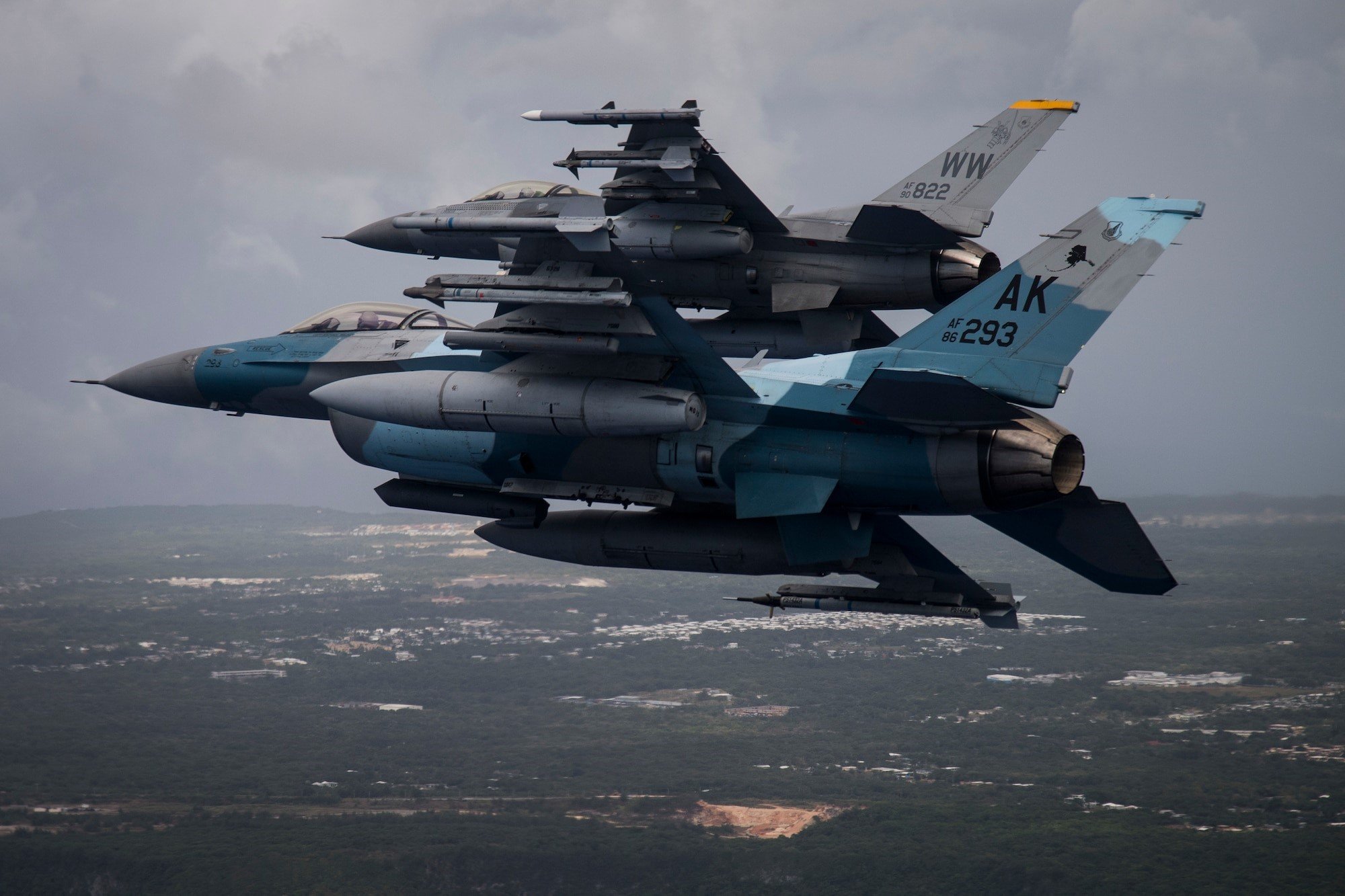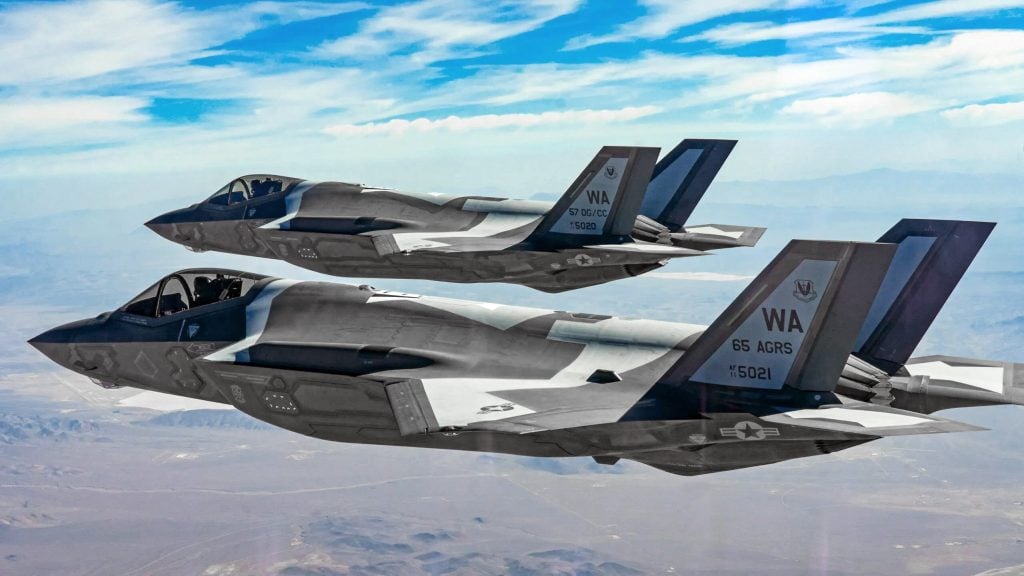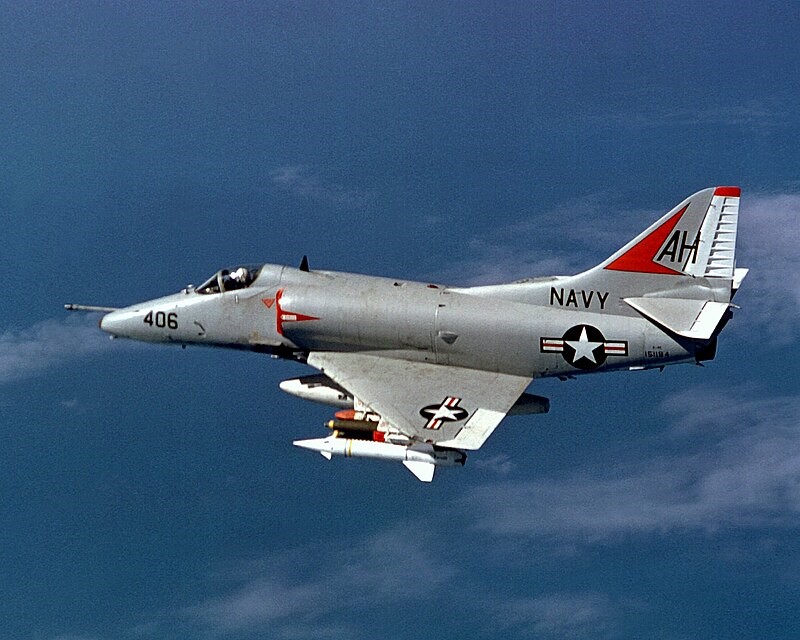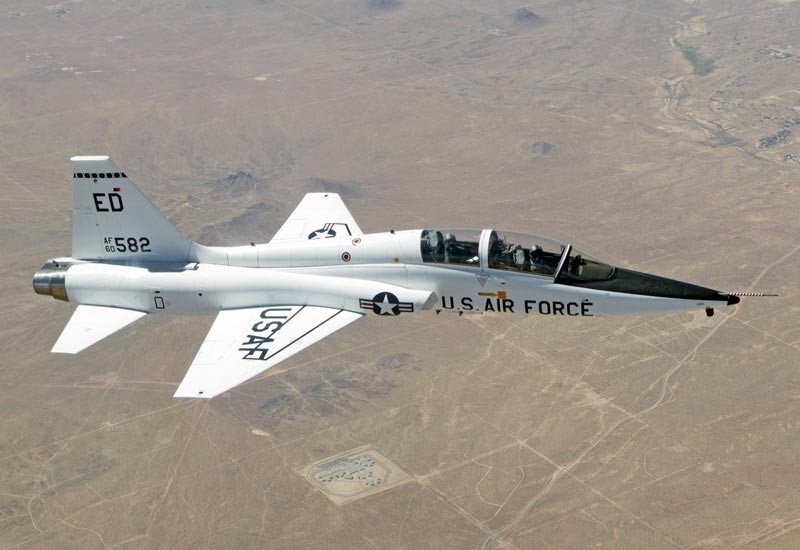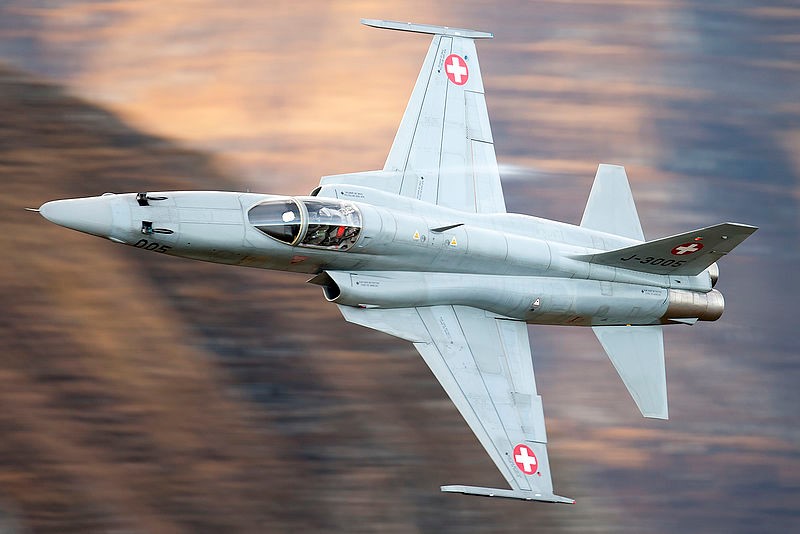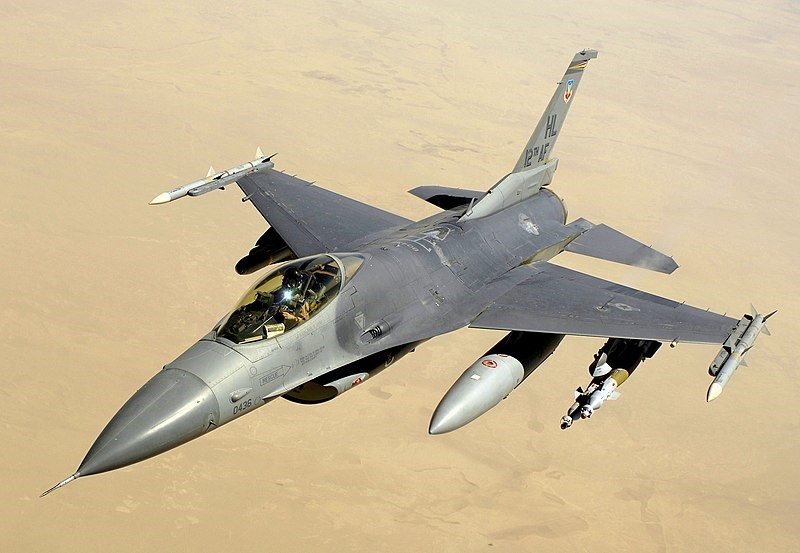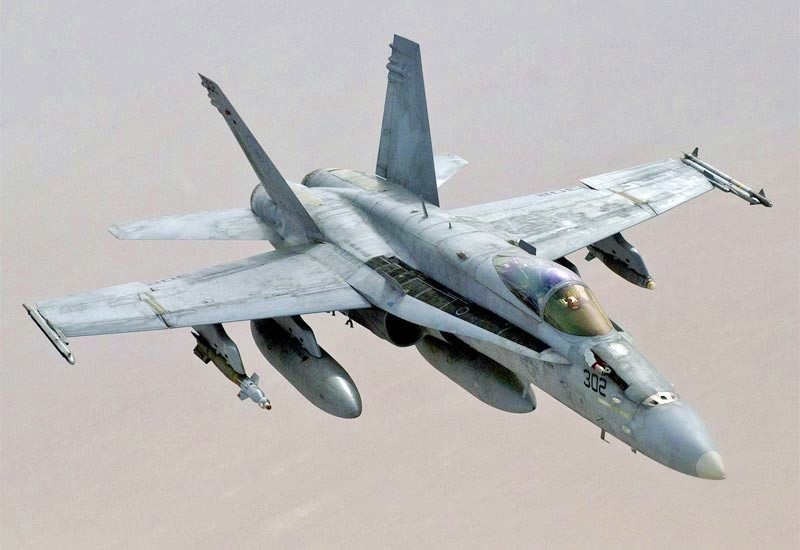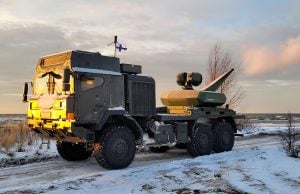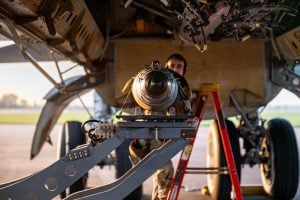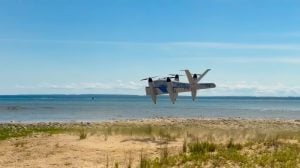Aggressor squadrons play a pivotal role in the training of military pilots, simulating the tactics and maneuvers of enemy aircraft to hone the skills of their counterparts. The United States has consistently leveraged an array of iconic fighter jets to ensure its pilots are well-prepared for real-world aerial combat scenarios.
From the agile and durable A-4 Skyhawk to the versatile and high-performance F-16 Fighting Falcon, these aircraft have left an indelible mark on the evolution of US military aviation. In this comprehensive article, we delve into the stories of the 5 Fighter Jets Leading US Aggressor Squadron Training.
5 Top Aircraft in the US Army Fleet
1. The A-4 Skyhawk
The A-4 Skyhawk holds a special place in the annals of US Navy aviation, serving as one of the pioneering aircraft used in the legendary Top Gun program. Its compact size, lightweight design, and exceptional maneuverability made it an ideal platform for replicating the characteristics of enemy MiG fighters during the Vietnam War era. The Skyhawk’s durability and ease of maintenance ensured its reliability in both training and combat roles, cementing its legacy as a cornerstone of US pilot development. While it has since been replaced by more modern jets in the aggressor role, the A-4’s impact on shaping the combat tactics employed by generations of US pilots remains unparalleled.
The A-4 Skyhawk’s Vital Statistics
- Maximum Speed: 677 mph (1,090 km/h)
- Range: 2,225 miles (3,581 km)
- Key Attributes: Compact size, lightweight, exceptional agility, durability, ease of maintenance
2. The T-38 Talon
Although primarily designed as a supersonic training aircraft, the T-38 Talon’s inherent capabilities have made it a valuable asset in aggressor squadron exercises. Its lightweight frame and high-speed performance allow it to effectively simulate the flight characteristics of various enemy fighter jets, providing a challenging and realistic training environment for aspiring pilots. The T-38’s twin-engine design strikes a balance between power and efficiency, enabling it to execute the high-speed maneuvers required to mimic the tactics of adversary aircraft. This aircraft’s longevity and adaptability have cemented its role as an indispensable tool in the US military’s pilot training ecosystem, preparing generations of aviators for the complexities of aerial warfare.
The T-38 Talon’s Vital Statistics
- Maximum Speed: Mach 1.08 (812 mph / 1,307 km/h)
- Range: 1,093 miles (1,759 km)
- Key Attributes: Lightweight frame, high-speed performance, twin-engine design, adaptability
3. The F-5 Tiger II
The F-5 Tiger II has long been a mainstay in US aggressor squadrons, earning a reputation for its agility and cost-effectiveness. Originally designed for export to US allies, this aircraft found its niche as a key player in adversary training programs, thanks to its ability to mimic the flight dynamics of various enemy fighters. The F-5’s single-seat, twin-engine configuration and tactical fighter-attack capabilities make it an invaluable asset in simulating air-to-air combat scenarios, allowing pilots to hone their skills against a formidable, yet realistic, opponent. The Tiger II’s enduring presence in aggressor roles has been instrumental in shaping the combat readiness of US pilots, preparing them to face a wide range of potential adversaries in the skies.
The F-5 Tiger II’s Vital Statistics
- Maximum Speed: Mach 1.63 (1,056 mph / 1,700 km/h)
- Range: 2,314 miles (4,286 km)
- Key Attributes: Agility, cost-effectiveness, single-seat, twin-engine configuration, tactical fighter-attack capabilities
The 5 Longest Range Missiles You Should Know About
4. The F-16 Fighting Falcon
The F-16 Fighting Falcon, renowned for its versatility and advanced performance, has become a mainstay in US aggressor squadrons. This aircraft’s impressive thrust-to-weight ratio, cutting-edge avionics, and exceptional maneuverability make it an formidable opponent in simulated dogfights. The F-16’s ability to mimic a diverse range of enemy aircraft has made it an indispensable tool in air combat training, allowing pilots to hone their skills against a dynamic and challenging adversary. Whether engaging in air-to-air combat or ground-attack missions, the Fighting Falcon’s adaptability ensures that it provides a comprehensive training experience, preparing US pilots for the complexities of modern aerial warfare.
The F-16 Fighting Falcon’s Vital Statistics
- Maximum Speed: Mach 2.0 (1,500 mph / 2,414 km/h)
- Range: 2,622 miles (4,220 km)
- Key Attributes: Impressive thrust-to-weight ratio, advanced avionics, exceptional maneuverability, adaptability
5. The F/A-18 Hornet
The F/A-18 Hornet is the US Navy and Marine Corps’ dedicated aggressor aircraft, renowned for its versatility and advanced capabilities. As the country’s first all-weather fighter and attack aircraft, the Hornet’s twin-engine design and cutting-edge aerodynamics make it an exceptional platform for replicating the flight characteristics of a diverse range of enemy fighters during naval exercises. Equipped with state-of-the-art avionics and weapons systems, the F/A-18 not only flies fast and hard but also mimics the tactical maneuvers and strategies of potential adversaries, providing a comprehensive training experience for naval aviators. The Hornet’s significant role in aggressor squadrons has been instrumental in refining the combat skills and tactics of US Navy pilots, ensuring they are well-prepared for the complexities of aerial warfare.
The F/A-18 Hornet’s Vital Statistics
- Maximum Speed: Mach 2 (1,535 mph / 2,471 km/h)
- Range: 2,002 miles (3,222 km)
- Key Attributes: Versatile twin-engine design, advanced aerodynamics, state-of-the-art avionics and weapons systems, comprehensive training capabilities
10 Top Land-Attack Cruise Missiles 2024
Conclusion
Aggressor squadrons have long been an integral part of the US military’s pilot training ecosystem, providing a dynamic and challenging environment for aspiring aviators to hone their skills. The fighter jets featured in this article – the A-4 Skyhawk, T-38 Talon, F-5 Tiger II, F-16 Fighting Falcon, and F/A-18 Hornet – have all played pivotal roles in shaping the combat readiness of US pilots. From the agile and durable Skyhawk to the versatile and high-performance Fighting Falcon, each of these iconic aircraft has contributed to the development of tactics and strategies that have kept US pilots at the forefront of aerial combat capabilities. As the military continues to evolve, these aggressor jets will undoubtedly continue to play a vital role in ensuring that the next generation of US pilots are well-prepared to face any potential adversary they might encounter in the skies.
FAQs
1. What f16 is the 64th aggressor squadron?
The squadron’s mission is to train warfighters to excel in air combat against any opponent. It provides realistic, threat-representative, near-peer adversary air support for high-level US and coalition training using 30 F-16C/M aircraft.
2. What is an aggressor fighter jet?
Aggressor squadrons mimic enemy tactics, techniques, and procedures to provide a realistic simulation of air combat, rather than training against friendly forces. Since using actual enemy aircraft and equipment is impractical, surrogate aircraft are employed to replicate potential adversaries.
3. What is the best F-16 squadron?
The Tigers are the first active duty F-16 Viper squadron to receive the Raytheon Trophy and are among only three F-16 squadrons to have won the trophy since it was first awarded in 1953.
4. Which jet is best for dogfight?
The F-22 continues to be the most remarkable dogfighter and aerobatic demonstrator in the U.S. military’s arsenal. Its exceptional performance is largely attributed to its two Pratt & Whitney F119-PW-100 turbofan engines, each featuring thrust-vectoring nozzles.
5. What is the most feared air squadron?
The 64th and 65th Aggressor Squadrons, stationed at Nellis Air Force Base in Nevada, serve as the US Air Force’s ‘enemy’ units. Their motto, ‘learn, teach, replicate,’ underscores their role in simulating realistic air threats for pilot training by emulating adversaries.
